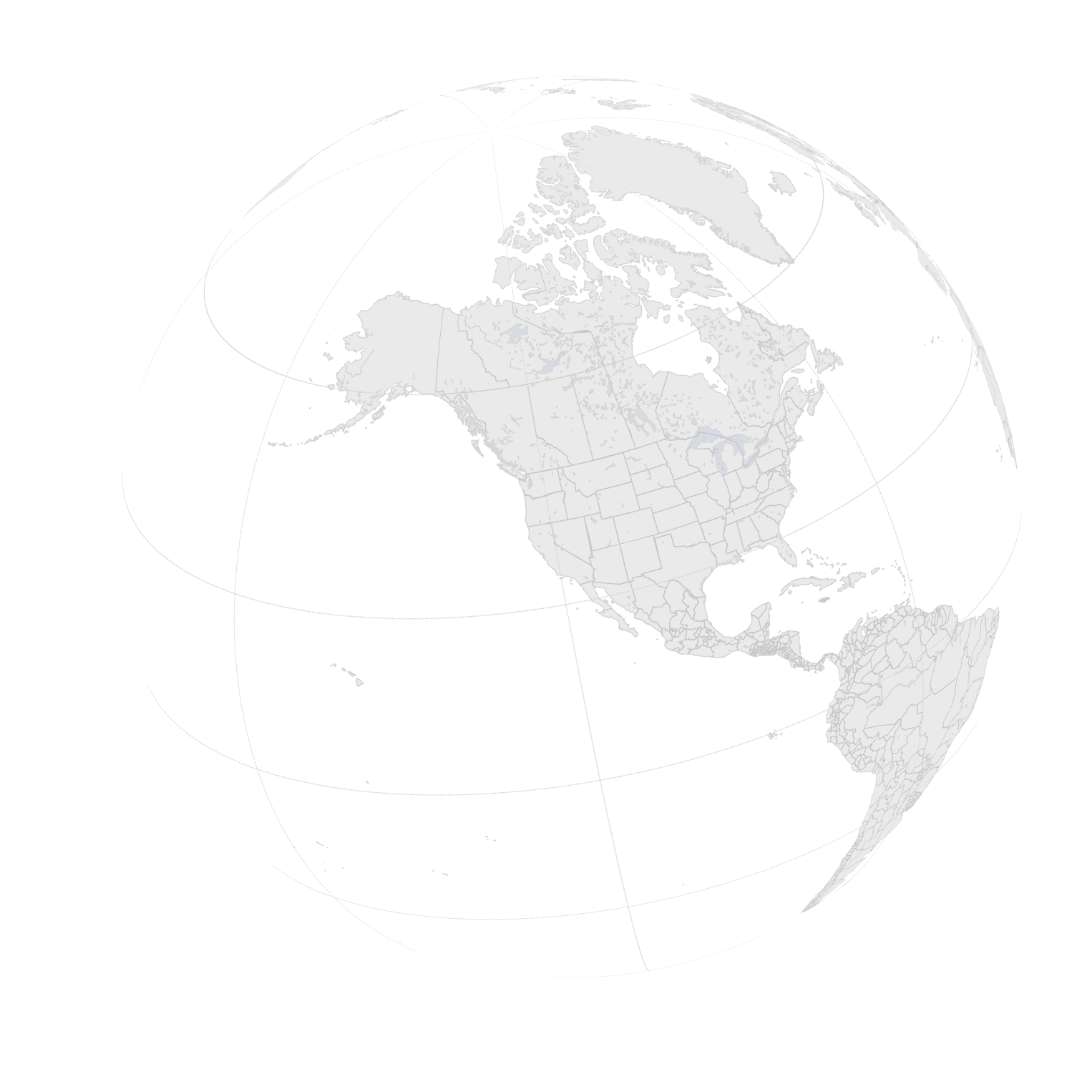This instance of the website is a live public beta.
Welcome to the public beta version of the City Data Explorer! Help us improve by submitting feedback via the Feedback link!
Welcome to the public beta version of the City Data Explorer! Help us improve by submitting feedback via the Feedback link!




Improving rapidly
Improving slowly
No change
Worsening slowly
Worsening rapidly


Total Population
of children are enrolled in school
times as many students are proficient in reading at a school in the top 20% compared to a school in the bottom 20%.


Total Population
of days had good air quality
carbon dioxide equivalences (CO2e) emitted


Total Population
years of life expectancy at birth
of every 1,000 infants born pass away


Total Population
of residents are food insecure
of residents live in a highly vulnerable community


Total Population
of residents live below poverty level
is the median household income in USD


Total Population
is the median gross rent in USD
of housing units are considered vacant


Total Population
of residents commute 45 minutes or more to work
of households have a broadband internet subscription


Total Population
is the median annual wage in USD
times more money is earned by the top 25% of earners compared to the bottom 25%
The only open access city-level data aggregator
The City Data Explorer provides data for 100+ U.S. cities from today, last year, and ten years ago for a variety of quality of life policy areas. It parses 20+ federal data sources to produce a data dashboard unlike any other.
Not only does it do the difficult work of translating data to a city level—it also teases apart the reality of the quality of life for specific residents and helps city administrations answer the question—”are our policies working?”

Filter by cities starting with the letter...